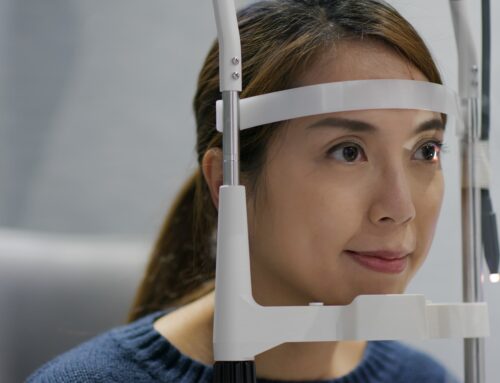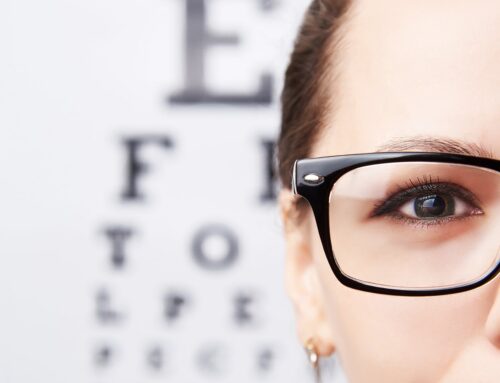Many people get confused about the difference between glaucoma vs cataracts. We all know that glaucoma and cataracts are both conditions that will affect the eyes, but many people might not know the difference of one from the other. Although both these conditions affect the eye, it is essential to note that they do have a difference.
Difference Between Glaucoma and Cataract
The primary and significant difference between glaucoma and cataract that you need to note is that glaucoma is a disease of the optic nerve, typically as the result of elevated pressure inside the eye. On the other hand, cataracts impact a different part of the eye, called the lens. When the natural lens we’re born with becomes cloudy, it is called a cataract.
It is important to note that both these disorders and conditions can lead to loss of your vision and affect your eyes’ general health. Although they have different causes and treatments, they can both be diagnosed by eye doctors at the same time during a routine eye exam.
Glaucoma
Glaucoma is a condition that most commonly results when the pressure inside the eye is too high and results in damage to the optic nerve. Our eyes constantly make fluid, and as new fluid is made, older fluids leave the eyes through a few different exit pathways. There is a delicate balance of new fluid being made, and old fluid exiting, such that the overall pressure inside the eye should be within a normal range.
Sometimes, the drainage system can become blocked. If the fluid is not drained, the pressure will not be relieved, and it might cause permanent damage to the optic nerve. This can cause loss of vision and many other eye-related complications.
There are several different kinds of glaucoma that might affect you, and they all can lead to loss of vision if you do not get treatment early enough.
Two general categories of glaucoma are:
- Open-angle glaucoma affects the eyes gradually and will eventually lead to loss of vision if you do not get treatment early enough. The pressure remains elevated over long periods of time (years or decades) and results in slow and steady painless vision loss. Because vision loss is painful, if patients do not have routine eye exams, it’s possible that this isn’t caught until it’s too late.
- Acute closed-angle glaucoma can cause sudden and painful increases of pressure inside the eye and can cause vision loss rapidly. This is a medical emergency and you should contact an eye doctor or go to the emergency room if you have sudden painful vision loss in either eye.
Glaucoma can be detected using a simple test, and the doctor will provide you with a procedure to help reduce pressure so you can see clearly again. One of the most important differences between glaucoma and cataracts is that when vision is lost from glaucoma is it permanent and irreversible.
Cataracts
A cataract is what we call the natural lens inside the eye when it becomes cloudy. This cloudiness most commonly develops as a natural consequence of aging. However, there are other conditions that can cause early cataracts, such as diabetes, steroid use, or a history of trauma to the eyes.
In age-related cataracts the vision loss tends to be slow and gradual over months or years. The process is typically painless and the vision loss can be reversed with surgery.
Cataracts are common in aging people worldwide and can also affect children and people of different ages. It is surgically removed, and the affected lens is replaced with an artificial lens so that the patient can see clearly again.
When you have a cataract, you may have the following symptoms:
- Poor vision at night
- Blurred vision
- Your eyes become too sensitive to bright light and glare
- You see faded colors and pale colors
- If you have prescription lenses, you will need frequent changes.
Cataracts are typically easy to diagnose on a routine eye exam. Just like it is blurry for patients to look out of their eyes through a cloudy cataract when a doctor tries to look into the eyes of a patient with cataracts to see the back part of the eye, their view may become cloudy. This is an important reason to not let your cataract grow too much before having surgery.
When the back part of the eye is not able to be easily examined by your doctor, it is possible to miss other eye problems in the retina or optic nerve.
The way to fix cataracts is with cataract surgery. The surgery takes typically about 10 minutes and after a few days of recovery, most patients see better than they have in years. Problems with glare and halos go away, and colors look like they are supposed to, and not dim or washed out.
Connections Between Glaucoma and Cataracts
Both these conditions mainly affect aging, but in many other rare cases, you might find that younger people get them too. They are both treatable in different ways. Glaucoma treatments are designed to prevent further vision loss, whereas cataract treatments are intended to reverse vision loss.
If you experience problems with your vision, it is best to get your eyes checked and have a doctor carry out a procedure to ensure you get your vision back. You can also get both glaucoma and cataract simultaneously, and sometimes you may discover that one can lead to the other.
Early detection is the best bet in both conditions to ensure that you get the treatment you need for glaucoma or have the cataract removed and restore your sight.











